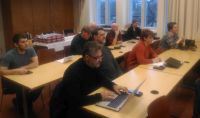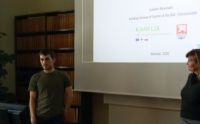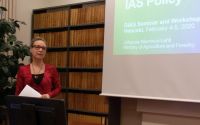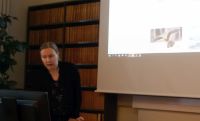News
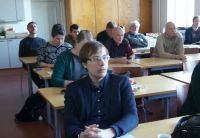
February 12, 2020
On February 4-5, 2020 a working meeting of the project “Collaborative Data and Information Exchange Network for Managing Invasive Alien Species - DIAS” took place in Helsinki.
The participants (experts, representatives of public agencies and volunteer movements) discussed the various aspects of legislation regarding invasive species and approaches to controlling their numbers. The first draft version of the web portal “Invasive species in the Republic of Karelia” was introduced at the meeting. A key mission of the portal is to raise awareness of the issues associated with invasive species.
See also:
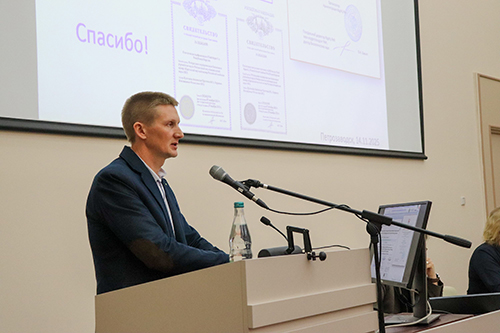
November 14, 2025
Karelian zoologists find out how the wolf population maintains its viability in the current situation
KarRC RAS Learned Council had a meeting on November 14. Is opened with a ceremony of handing awards from the Russian Ministry of Science and Higher Education, RAS, and Head of the Republic of Karelia to researchers. The scientific agenda was a presentation on changes in the wolf population genetic structure in response to growing hunting delivered by Head of Zoology Laboratory, Institute of Biology KarRC RAS, Konstantin Tirronen.
KarRC RAS Learned Council had a meeting on November 14. Is opened with a ceremony of handing awards from the Russian Ministry of Science and Higher Education, RAS, and Head of the Republic of Karelia to researchers. The scientific agenda was a presentation on changes in the wolf population genetic structure in response to growing hunting delivered by Head of Zoology Laboratory, Institute of Biology KarRC RAS, Konstantin Tirronen.

November 14, 2025
PORA and Karelian Research Centre RAS signed a cooperation agreement
On November 14, Karelian Research Centre of the Russian Academy of Sciences and Project Office for Arctic Development (PORA) signed in Petrozavodsk a Strategic Partnership Agreement. The document was undersigned by PORA Director General Maxim Dankin and KarRC RAS Acting Director General Olga Bakhmet.
On November 14, Karelian Research Centre of the Russian Academy of Sciences and Project Office for Arctic Development (PORA) signed in Petrozavodsk a Strategic Partnership Agreement. The document was undersigned by PORA Director General Maxim Dankin and KarRC RAS Acting Director General Olga Bakhmet.




